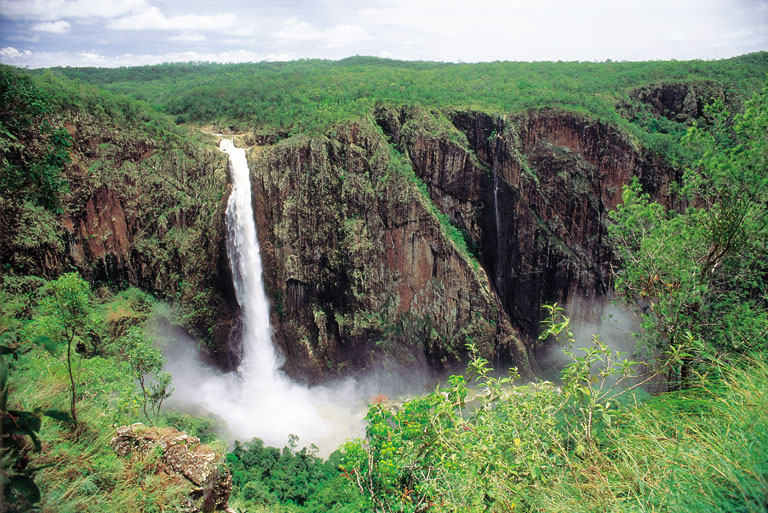JCU archaeology researcher says rare tree carvings may not last
James Cook University archaeologists believe Aboriginal tree carvings in Far North Queensland are as rare as the Giant Panda—and just as endangered.
A project led by JCU postgraduate researcher Alice Buhrich, with the support of the Jirrbal and Mamu Traditional Owners, is investigating the preservation of tree markings, called dendroglyphs.

Worldwide, there are fewer than 15 recorded sites containing Indigenous dendroglyphs in rainforest, and all are within the Wet Tropics World Heritage Area.
Ms Buhrich says the carvings are impossible to date exactly, but all are certainly more than 100 years old. “We don’t know exactly what they represent, other than they are of decorative rather than practical use,” she said.
Mamu people, in the Innisfail region, have located a number of dendroglyphs that hadn’t been seen since logging ended in 1988.
Ms Buhrich is working with both groups of Traditional Owners to understand how resilient the trees are to extreme weather events such as cyclones.
She said the age of the dendroglyphs’ trees meant they were fragile and would become more vulnerable to fungal growth and insect attack.
The JCU researcher said the dendroglyphs connected the rainforest to culture and tradition, making the management of the sites a complex task.
“As carvings on living trees, dendroglyphs embody both natural and cultural values, so managing these sites is a balancing act.
“Protecting natural sites often means limiting access, to prevent weed and feral animal incursion, but that could work against the desire of Aboriginal people to visit and care for rainforest dendroglyphs as part of a living cultural landscape.
“We found, particularly on Jirrbal country in the Ravenshoe area, that road closures can make it difficult for Traditional Owners to visit some sites and share their knowledge about the trees with younger generations.”
Ms Buhrich said both the Jirrbal and Mamu Traditional Owners are considering ways to preserve and display the carvings, that don’t require removing them from the forest.
“There is the option of using 3D laser scanners, to document them and preserve the images in a non-invasive way,” she said.
Ms Buhrich plans to work with other rainforest Aboriginal groups who have dendroglyphs on their traditional land.
Program: Bachelor of Archaeology
Location: Townsville or Cairns, Queensland
Semester intakes: February and July
Duration: 3 years
Apply to an Arts Degree at James Cook University!
*

































Ask A Question
Ask us about your program of interest, or if you have a question about our services.
CONTACT US TODAY